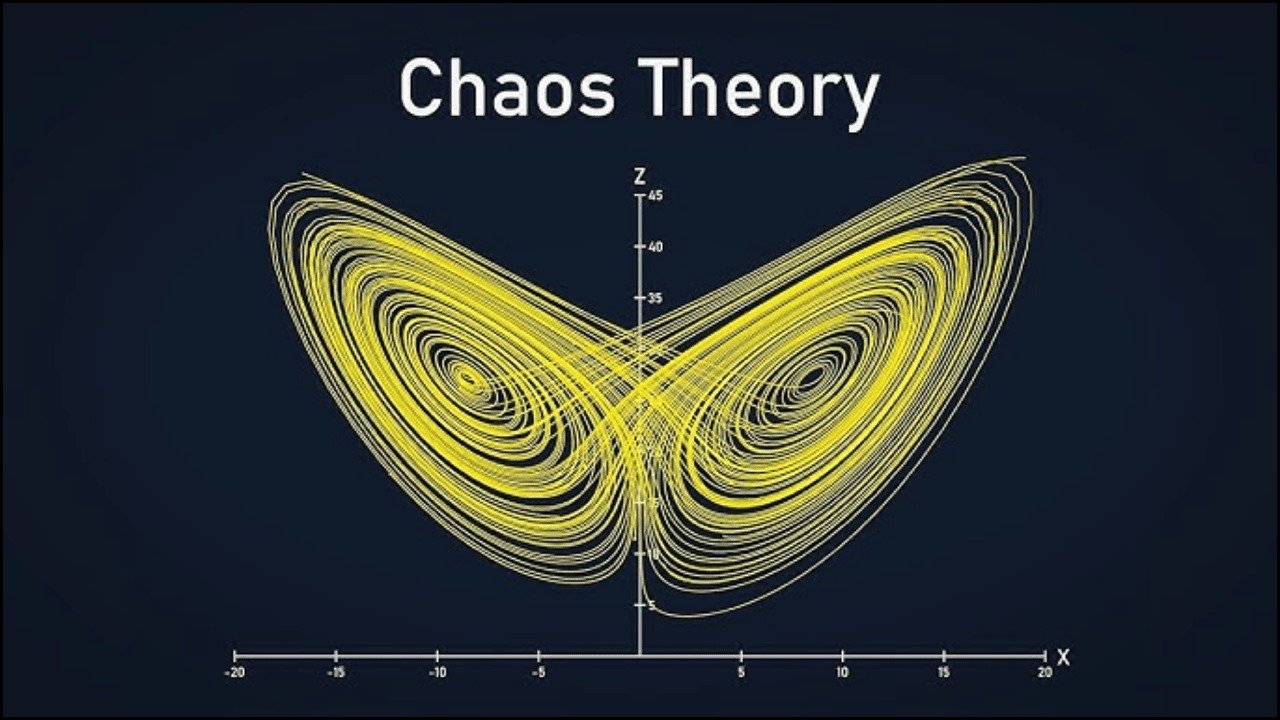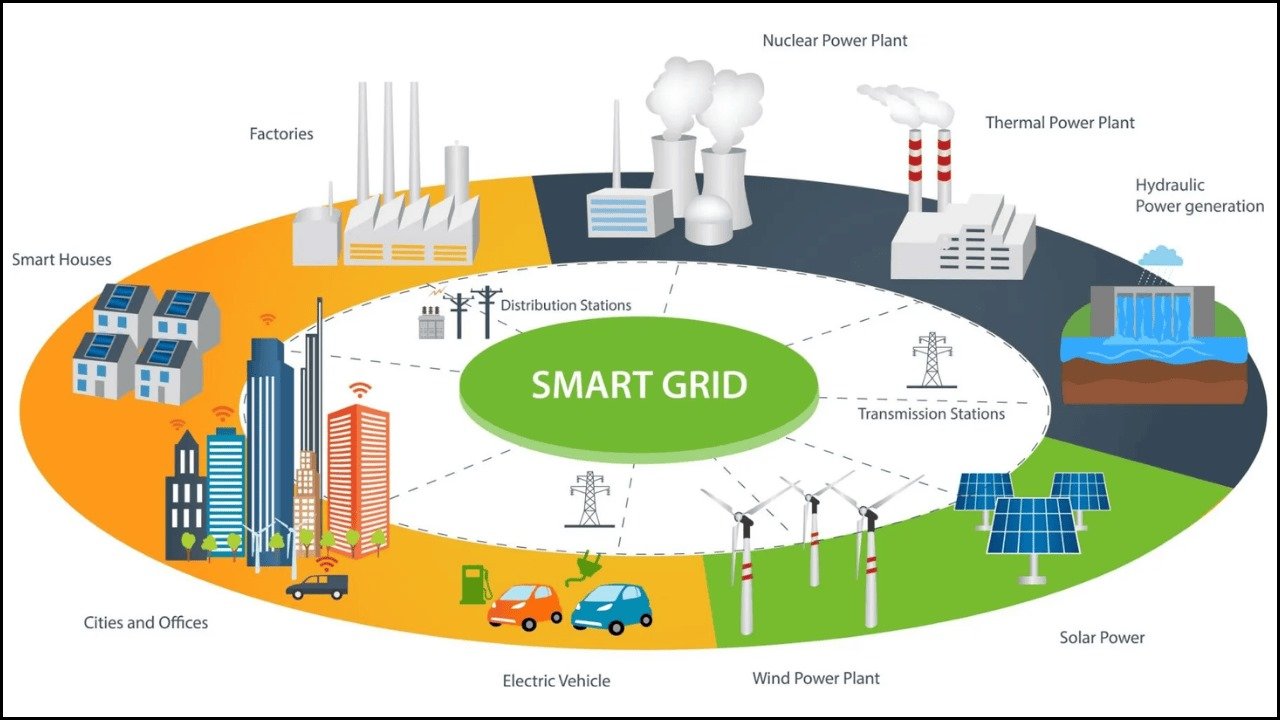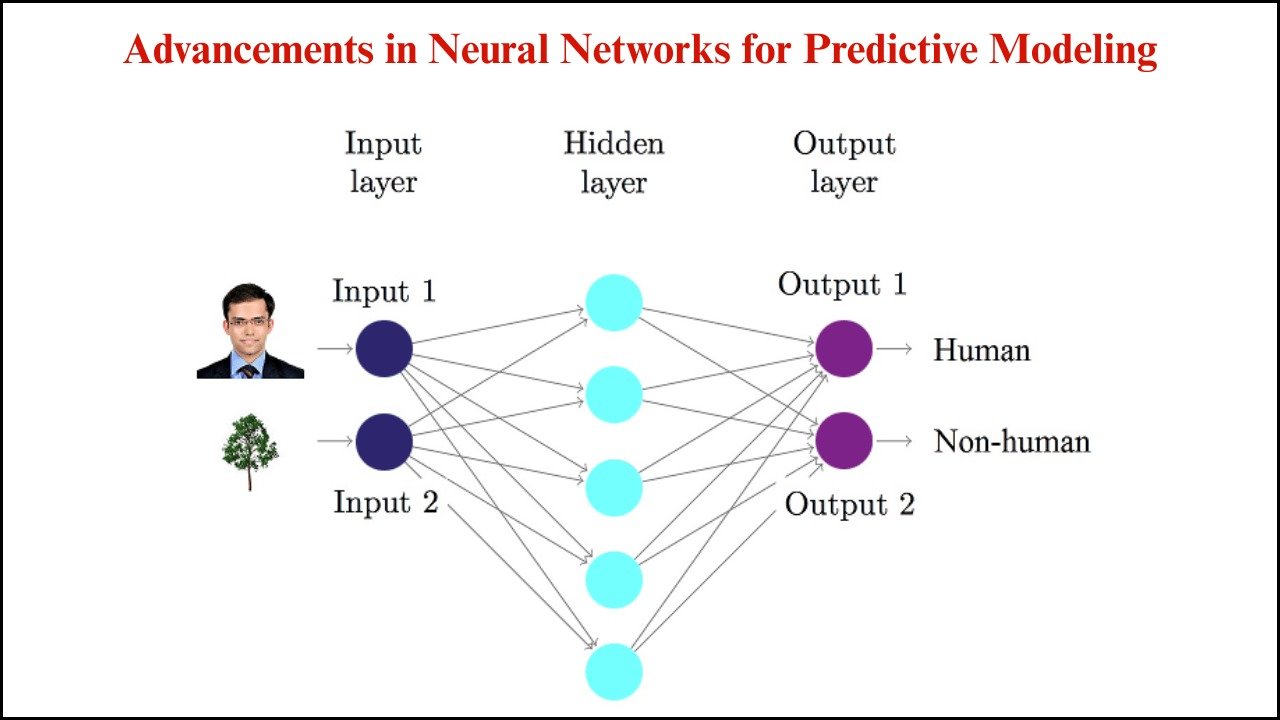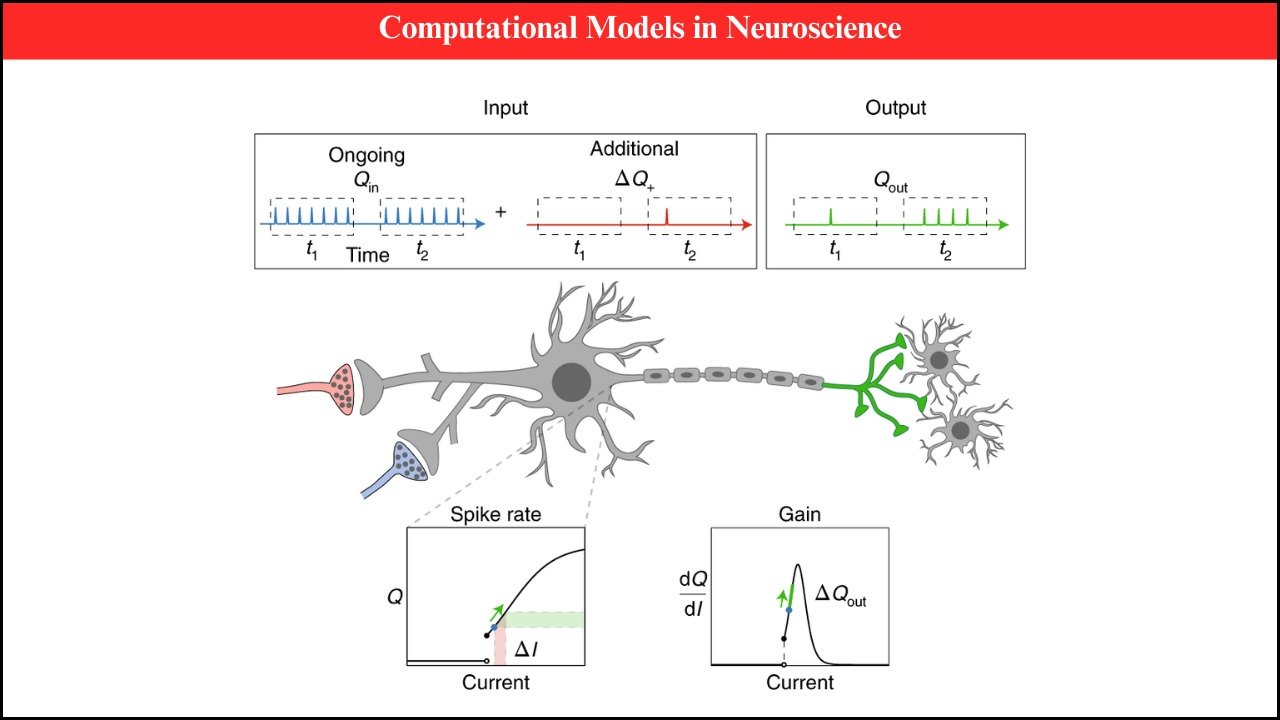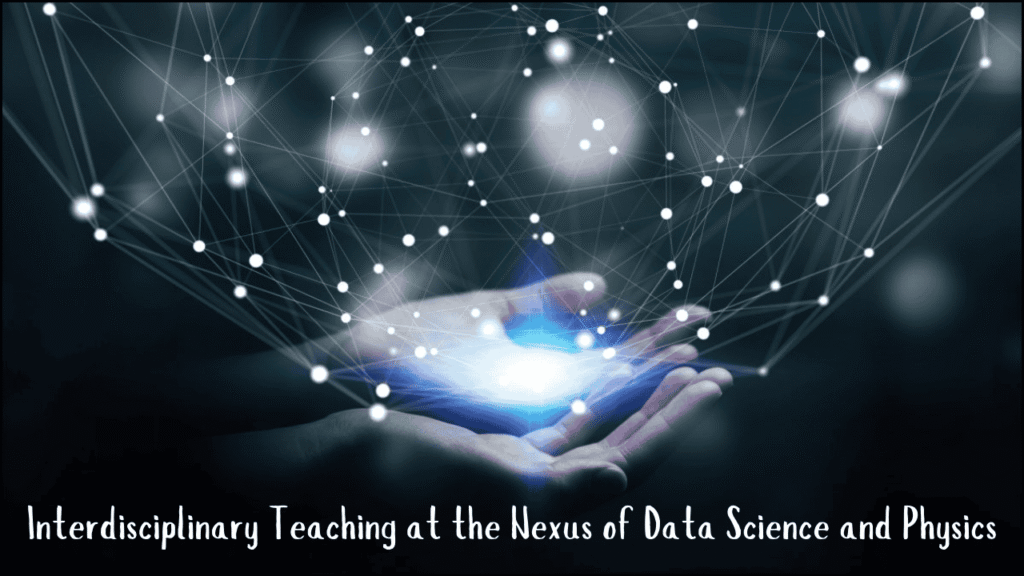
Interdisciplinary education creates opportunities for innovation by blending different domains of knowledge. The connection between data science and physics has become increasingly significant in the modern academic and research environment. Data-driven approaches now shape physical inquiry, while physics provides strong foundations for many computational models and analytical methods. The integration of these two fields through teaching not only expands student skill sets but also opens new research frontiers. An exploration of this nexus reveals how education, research, and technology benefit from such collaborations.
Table of Contents
Importance of Interdisciplinary Teaching
- Knowledge integration allows students to bridge conceptual gaps between abstract physics theories and practical computational models.
- Real-world relevance emerges as data-driven physics applies directly to areas like climate modeling, particle physics, and material science.
- Problem-solving enhancement occurs when students learn how to combine statistical reasoning with physical intuition.
- Career opportunities grow for graduates who understand both physical principles and data analysis tools.
Core Connections Between Data Science and Physics
- Mathematical foundations: Both fields rely heavily on linear algebra, probability, calculus, and differential equations.
- Modeling approaches: Physics uses theoretical models, while data science emphasizes predictive modeling and machine learning.
- Computational methods: High-performance computing, simulations, and algorithm design bridge both domains.
- Big data challenges: Physics experiments like the Large Hadron Collider produce massive datasets requiring advanced data science solutions.
Benefits of Interdisciplinary Teaching
- Deeper learning through cross-disciplinary case studies and projects.
- Improved adaptability as students learn to apply methods across domains.
- Enhanced collaboration between departments, fostering team-based research.
- Development of hybrid skills combining coding, physics, and statistical reasoning.
Teaching Strategies at the Nexus
- Project-based learning where students analyze real physics datasets with machine learning.
- Collaborative teaching involving faculty from physics and data science working together.
- Use of visualization tools for representing both physical processes and statistical patterns.
- Integration of software training in Python, MATLAB, and R with physics simulations.
- Workshops and seminars on emerging technologies like quantum computing and AI-driven physics.
Applications in Research and Education
- Astrophysics: Machine learning improves galaxy classification and dark matter analysis.
- Quantum physics: Data science enhances quantum state predictions and error correction.
- Climate modeling: Physics-based simulations combined with big data predict weather and climate change.
- Medical physics: Imaging technologies and radiation treatment planning use advanced algorithms.
- Materials science: Data-driven discovery accelerates identification of new materials.
Challenges of Interdisciplinary Teaching
- Curriculum design difficulties arise when balancing depth in both disciplines.
- Faculty training requirements to equip educators with dual expertise.
- Resource limitations such as computing infrastructure and data availability.
- Assessment complexity in evaluating interdisciplinary projects.
- Student preparedness gaps exist since backgrounds in physics and computer science may differ widely.
Key Intersections of Data Science and Physics
| Aspect | Role in Physics | Role in Data Science | Interdisciplinary Outcome |
|---|---|---|---|
| Mathematics | Basis for theoretical models | Core for statistical and computational analysis | Shared foundation for problem-solving |
| Computing | Simulation of physical systems | Handling of large-scale datasets | High-performance computing for simulations |
| Modeling | Explains natural phenomena | Predicts outcomes from data patterns | Hybrid predictive and explanatory models |
| Data Handling | Required for experiments like CERN | Used in big data pipelines | Efficient management of scientific datasets |
| Visualization | Graphs and physical models | Data plots and AI-driven graphics | Enhanced insights into both theory and experiment |
| Applications | Climate, astrophysics, quantum mechanics | Finance, healthcare, social sciences | Expansion of physics applications through analytics |
Skills Developed by Students
- Programming expertise in Python, C++, and specialized libraries.
- Statistical reasoning to interpret experimental uncertainties.
- Machine learning knowledge for predictive modeling.
- Physics intuition to guide data-driven inquiry.
- Critical thinking to evaluate both theoretical models and computational outcomes.
Pedagogical Models
- Flipped classroom where theoretical lectures are combined with hands-on coding exercises.
- Interdisciplinary labs where physics experiments are followed by computational analysis.
- Capstone projects require students to solve real research problems.
- Industry collaborations that bring real-world datasets into the classroom.
Teaching Approaches and Expected Outcomes
| Teaching Approach | Description | Expected Student Outcome |
|---|---|---|
| Project-Based Learning | Students work on real data from physics experiments | Ability to apply machine learning to physical systems |
| Collaborative Teaching | Faculty from physics and data science co-teach courses | Exposure to diverse perspectives and expertise |
| Visualization Integration | Use of advanced visualization software | Improved conceptual understanding and communication skills |
| Industry Engagement | Partnerships with tech companies and research labs | Work-ready skills and industry exposure |
| Capstone Projects | Final-year interdisciplinary projects | Independent problem-solving ability and innovation |
Future Prospects
- Artificial intelligence integration in physical modeling is likely to expand.
- Quantum computing applications may reshape how data science and physics interact.
- Global collaborations will increase as datasets from space missions and particle experiments grow.
- Ethical considerations around data handling and research integrity will become central in teaching.
- Expanded curricula will combine mathematics, coding, and physics into flexible interdisciplinary programs.
Emerging Trends in the Nexus
| Trend | Impact on Physics | Impact on Data Science | Educational Implication |
|---|---|---|---|
| AI and Machine Learning | Automates analysis of experiments | Advances in predictive modeling | Curriculum updates in AI-driven simulations |
| Quantum Computing | Provides new simulation capabilities | Expands computational possibilities | Courses on quantum algorithms and applications |
| Global Data Collaboration | Enhances large-scale scientific discoveries | Increases demand for distributed data tools | Student training in collaborative platforms |
| Ethics in Research | Ensures integrity in experimental design | Maintains transparency in data analysis | Inclusion of ethics modules in teaching |
| Cross-Industry Impact | Physics applied in healthcare, the environment, and tech | Data science supports broader innovation | Greater career opportunities for graduates |
Closing Perspectives
Interdisciplinary teaching at the intersection of data science and physics reshapes both learning and research. Education in this nexus equips students with versatile skills that address modern scientific and technological challenges. Collaboration across departments and industries creates opportunities for innovation, while students gain the ability to merge theoretical insights with computational expertise. The future of this interdisciplinary approach promises discoveries, wider applications, and enriched academic experiences.


